When dealing with risk, e-trade can overhaul processes for brokers in terms of speed and efficiency. But, is it foolproof when dealing with complex risk? Insurance Times investigates
It’s not just a fictitious comedy scenario played out by David Walliams and Matt Lucas on TV’s Little Britain.
‘Computer says no’ is a real problem for brokers and insurers, as revealed in Insurance Times’s e-trading survey; despite e-trade being more popular with brokers, as opposed to using several extranets, the survey found underwriters did not have the authority to amend a quote once rejected.
In insurance, this is an issue for e-trade. The crux is that not all types of risk are accepted by systems programmed by artificial intelligence (AI) as computerised systems are indeed fallible just like humans – contrary to popular belief that bots means humans are obsolete.
While technology has changed the way customers interact with insurers, there are still areas where human input is vital and that means the broker and the underwriter are here to stay.
But with risk becoming more diverse, it’s clear the industry still has a long way to go.
Broker JM Glendinning managing director Nick Houghton told Insurance Times that in a bid to use technology to drive efficiency, the industry is storing up a world of uninsured risks and claims. The sentiment now, he said, is “build it up, stack it high and don’t talk to the customer”.
“‘Computer says no’ is perfect as a strapline, but it goes much broader than that. It is the biggest red flag out there in the market,” he said.
He believes SMEs and sole traders will be hit the hardest and will be a big problem for the UK economy if the industry does not get it right.
Houghton said the desire to force customers to self-serve online ignores the fact that even small businesses need advice sometimes.
“We are a nation of small-medium sized businesses, who by nature are quite diverse. Unless you ask the right questions, you won’t illicit the right information,” he said.
Highlighting that insurers are regularly criticised for not paying claims.
He also noted the need for package products for businesses that have multiple risks, which the computer may not pick up. For example, a florist that sells coffee to its customers with seats inside and outside would require a product tailored by a broker.
But he believes the industry has always had the solution – human interaction.
Shifting the goalposts
Meanwhile, iPrism managing director Ian Lloyd said the problem underwriters face is that they have invested in actuaries and rating models, but these can actually make the human role in risk selection obsolete.
He said that because insurance is so varied and each risk is different, it doesn’t need to be far off the beaten track for the computer to fall down. iPrism gets around this by supplementing its e-trade platform and technology with a team of underwriters.
“Ultimately, technology should enable more of the good things as opposed to preventing the human dynamic. There is a lot of trust and personality in insurance and while I am still a huge advocate of technology and of it enabling insurance placement, we should never lose sight of the fact that insurance is a people business,” he said.
Lloyd suggested “shifting the goal” so that humans are involved where appropriate.
Apart from SMEs and sole traders, e-trade issues can also affect high net worth (HNW) and flooding victims. HNW broker Home & Legacy uses an online portal; the firm’s underwriting and markets director Ade Ewington told Insurance Times that it uses this to track opportunities by giving brokers a method of entering core risk information.
“For customers who live in high-risk flood areas, we would be able to give an indicative quote and have a meaningful conversation with the broker about that unique risk. We want the portal to drive that transaction efficiency both for the broker and for us. The portal is there to benefit the broker,” he said.
Aviva, on the other hand, believes underwriting on an individual basis is key, allowing it to understand each distinct case, ask bespoke questions and apply unique terms and conditions.
Allianz, meanwhile, is already investing in new technologies and training people to support AI and machine learning from a fraud perspective.
James Burge, Allianz fraud manager, said: “As fraudsters are becoming more sophisticated and finding new innovative ways of carrying out fraud, AI and machine learning bring many benefits and play a fundamental role in supporting our digital detection fraud strategy.
“We pride ourselves on our skilled workforce and our people remain integral in the detection of fraud. Humans will always have advantages over algorithms, particularly when it comes to critical thinking, ambiguity and considerations of the human element.
“AI and machine learning will not replace these roles. A combination of the two will complement each other in supporting our aim of protecting customers.”
The benefits of using AI and machine learning, according to Burge, include creating highly sensitive algorithms based on learning from data sets, which will ultimately help to improve the process of identifying and preventing insurance fraud.
Managing digital agency Azur’s chief data officer Lara Korz, said that even in cases where risk assessment is 100% automated, with no human intervention, challenges remain.
“First, the algorithms being used will be inherently biased, as they rely on data that reflects the inequalities that exist in the world.
“Second, AI is only as good as the data that humans provide, which can often contain errors. We can, however, take appropriate steps to make sure that acceptable risks are not automatically rejected as a result of these issues,” Korz said.
E-trade

What is it?
E-trade is a term used for electronic data interchange (EDI) and it means both insurers and brokers can exchange data and do business remotely using technology. Full cycle EDI means brokers can do previously manual tasks, such as making mid-term adjustments and renewals.
What does it mean for brokers?
It means the broker can bind, or confirm cover is in place once the insurer accepts the risk. The point is to automate time-consuming tasks, creating straight-through processes that provide efficiency for brokers and insurers as well as ensuring that users are reassured for compliance purposes that information is accurate and safely stored.
Why is there broker resistance to it?
There remains a small resistance to this technology, but it is from a minority. This is because some brokers like to keep hard copies of data stored where they can see it, as highlighted by Allianz. However, Insurance Times’s e-trading survey reveals that e-trade is the preferred choice of brokers as opposed to using several extranets.
How does e-trade take place?
Brokers go direct to the insurer via an extranet or access it from a software house platform, which offers a greater range of insurers. In most cases, brokers will select a software house to use for a range of business purposes, such as back office processes, compliance and marketing, as well as use a number of extranets.
Source: ’The role of e-trading in the insurance industry’ whitepaper, Allianz, September 2018.
Hosted by comedian and actor Tom Allen, 34 Gold, 23 Silver and 22 Bronze awards were handed out across an amazing 34 categories recognising brilliance and innovation right across the breadth of UK general insurance.










































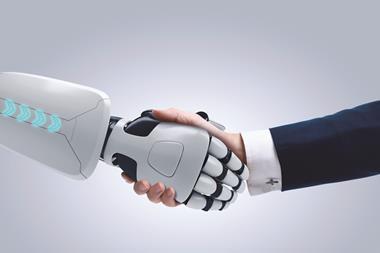
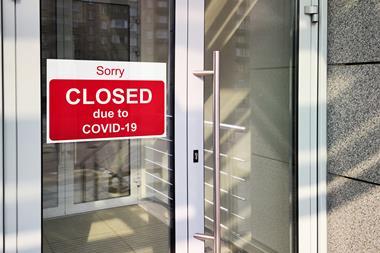

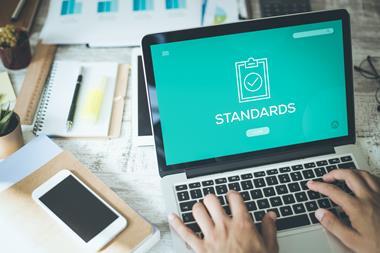


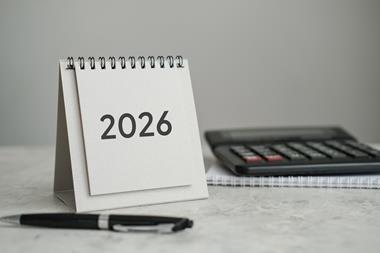
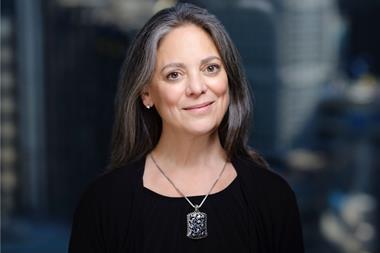




No comments yet